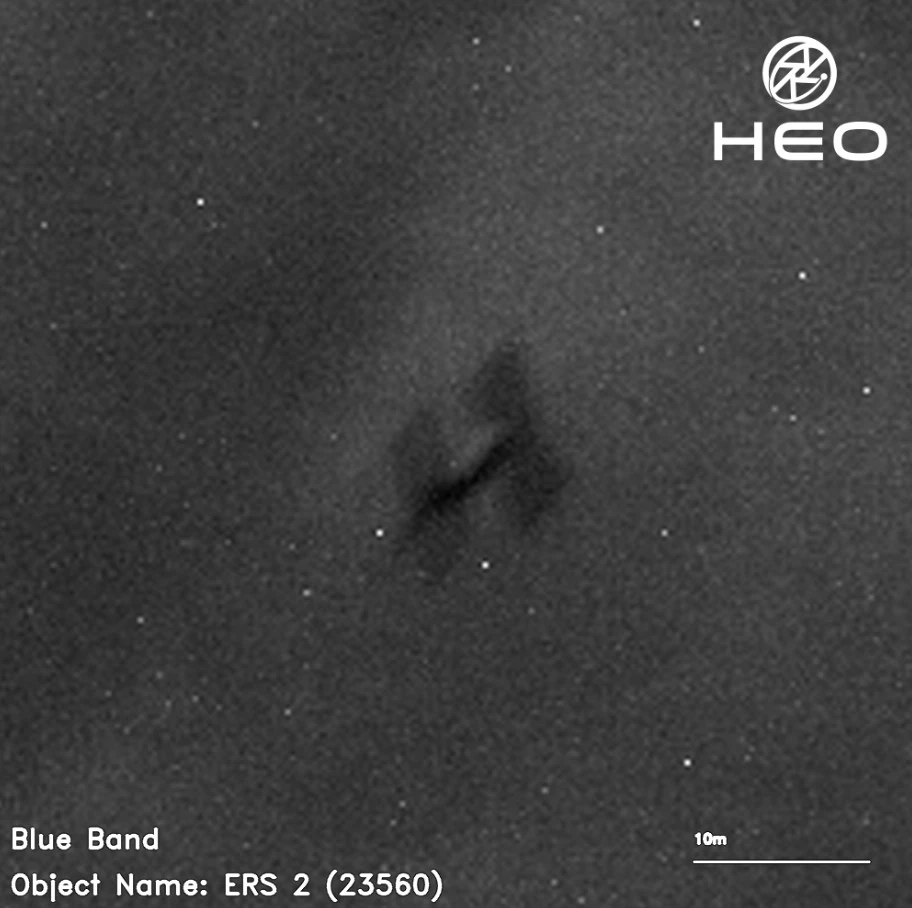The European Space Agency’s (ESA) Earth observation satellite, ERS-2, is scheduled for atmospheric reentry on February 21, 2024. Launched in April 1995, ERS-2 has been instrumental in monitoring Earth’s surface and natural disasters for nearly 30 years.
The European Space Agency’s (ESA) ERS-2 satellite, once hailed as the most sophisticated Earth observation spacecraft developed by Europe, is slated for reentry into Earth’s atmosphere at 15:41 UTC on February 21, 2024, with a variability of +/- 11.5 hours, as of 16:30 UTC today.
This uncertainty is due primarily to the influence of unpredictable solar activity, which affects the density of Earth’s atmosphere and therefore the drag experienced by the satellite.
This variability introduces uncertainty into the satellite’s final descent, rendering it uncontrolled and leaving the exact landing location unknown. The lack of remaining fuel negates the possibility of guiding the satellite to a predetermined, safe impact point in the ocean.
Through a series of 66 deorbiting maneuvers in July and August 2011, ERS-2’s altitude was reduced from 785 km (488 miles) to approximately 573 km (356 miles), ensuring a quicker reentry and minimizing collision risks. The maneuvers used the satellite’s remaining fuel, leading to its passivation in September of the same year.
Despite the careful planning behind the satellite’s end-of-life strategy, there remains a slight risk that fragments, potentially as large as 52 kg (115 pounds), could survive the reentry process and impact Earth’s surface. The satellite is expected to begin fragmenting at about 80 km (50 miles) above the Earth, posing a minimal but existent risk to people and property.

This event concludes the satellite’s remarkable journey, which began with its launch on April 21, 1995, alongside its predecessor, ERS-1. Together, these satellites provided invaluable data on the Earth’s land surfaces, oceans, and polar caps, and played a crucial role in monitoring global natural disasters.
ERS-2’s longevity surpassed expectations, operating for 16 years before the decision was made in 2011 to end its mission.
References:
1 ERS-2 reentry homepage – ESA – February 5, 2024
2 ERS-2 reentry live updates – ESA – February 5, 2024
Featured image: ERS-2 satellite on January 28, 2024. Credit: HEO/UK Space Agency
If you value what we do here, create your ad-free account and support our journalism.
Asteroid 2022 UQ1 turns out to be space junk
Wednesday, October 19, 2022
Pieces of Chinese Long March 5B rocket expected to hit Earth’s surface this weekend
Friday, July 29, 2022
Starlink satellites falling from the sky caught on videos
Friday, February 11, 2022
Cosmos 2430 Missile Early Warning Satellite re-entry recorded over New Zealand
Saturday, January 5, 2019
Space debris impact: Iridium 70 satellite fuel tank crashes into central California
Friday, October 19, 2018
CZ-3B rocket body re-entry recorded over Paraguay
Monday, March 12, 2018
Dealing with space debris, preventing chain reaction
Tuesday, April 11, 2017